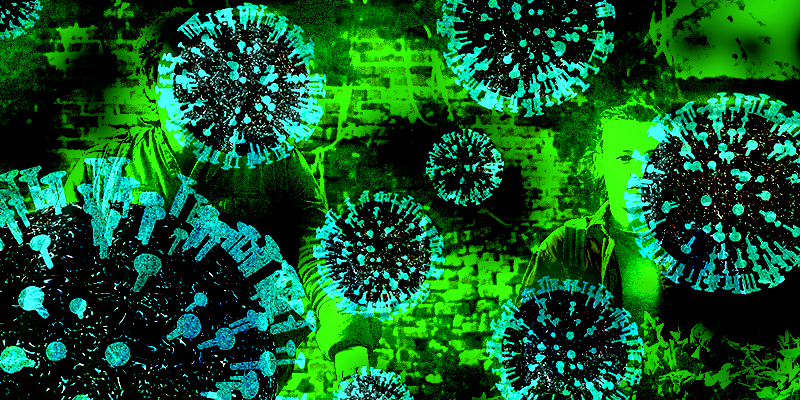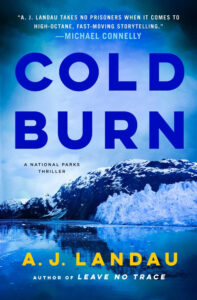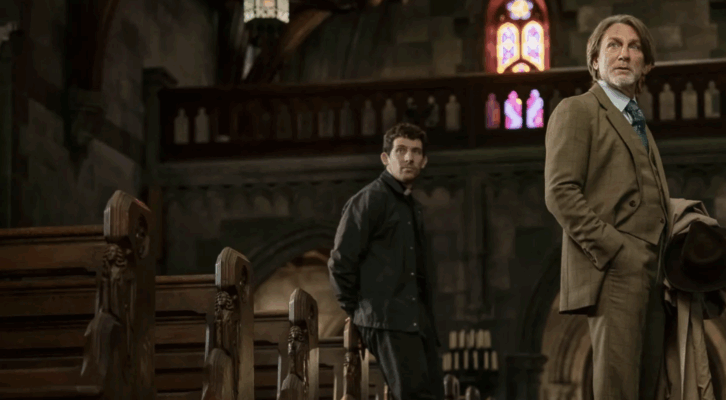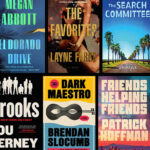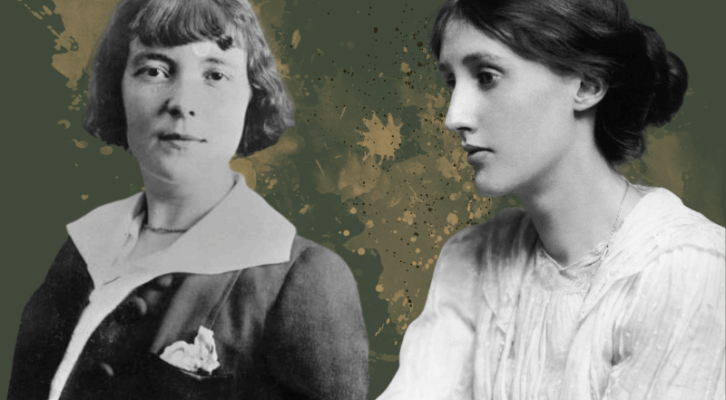Imagine a frozen woolly mammoth thawing out after thousands of years, thanks to climate change. Imagine a deadly, prehistoric microbe thawing out with it that has the potential to wipe out all life on Earth. For our new book, Cold Burn, we (Jon Land and Jeff Ayers, writing as A. J. Landau) opted for the ultimate high-concept, high-stakes thriller. But we’re hardly the first to center a book around The Thing that Ate the World. Let’s look at some books/films that set the stage for what we’re doing in the latest entry to our National Parks series:
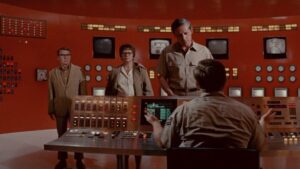
The Andromeda Strain
Robert Wise’s groundbreaking film and the Michael Crichton book that spawned it set the standard for this sub-genre in terms of both science and story. A space capsule returns to Earth with an unwelcome hitchhiker in the form of a killer organism that wipes out an entire town upon its release. A Magnificent Seven-like team of scientists then gathers at a secret underground desert base in a race against the clock to save humanity from a microscopic monster they almost end up unleashing instead. Except for the computers, this way-ahead-of-its-time 1971 classic remains as resonant and effective today as it was upon its Cold War release.

The Omega Man
Easily the best of three adaptations of Richard Mathewson’s iconic “I Am Legend,” starring Charlton Heston at the height of his career. Scientist Robert Neville fears he may be the last man on earth (the title of the first and most faithful adaptation of the book starring Vincent Price) after he discovers a vaccine for a virus that’s turning the world’s population into vampiric creatures of the night, too late to save humanity but not himself. Also way ahead of its time, this seminal action film (featuring one of the great openings in film history as Heston cruises along the deserted streets of Los Angeles in a convertible while “A Summer Place” plays on his 8-track) was the first major release to feature humans turned into monsters by a virus. It holds up surprisingly well after over fifty years since its original release.
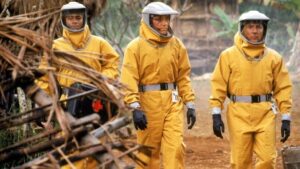
Outbreak
Loosely based on Richard Preston’s book The Hot Zone, Wolfgang Petersen’s film exploited the Ebola scare in much the way “The China Syndrome” scared us thanks to the near nuclear catastrophe at Three Mile Island. Not a monster or a zombie to be seen here unless you could find an airborne virus threatening millions of lives if not contained. Dustin Hoffman, Rene Russo, and Morgan Freeman are the doctors charged with preserving humanity in what morphs into a high-stakes action thriller. At its heart, this one remains a cautionary tale that’s especially prescient given the red light it flashes over the stakes of undervaluing the Centers for Disease Control and Prevention and science in general.
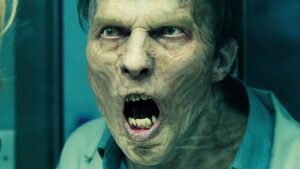
World War Z
Based on the book by Max Brooks, this Brad Pitt starrer goes full Hollywood in concocting computer-generated zombies to wreak havoc across the globe. Pitt’s Gerry Lane, a classic action hero, is tasked with scouring the globe for the solution to a literal Zombie Apocalypse. It’s like the TV series “The Walking Dead” told from an inside perspective instead of survivors scouring the wasteland. Science itself takes somewhat of a backseat here, but the lab-based scenes are among the film’s best, as a would-be vaccine provides a glimmer of hope but no guarantees that humanity will make it.

The Last of Us
The much-revered HBO/MAX show returns for a second season this spring, continuing the adventures of Pablo Pascal’s dark hero Joel and his young charge Ellie (played brilliantly by Bella Ramsey), who might be mankind’s only hope for survival. That is, if Joel can keep her alive against all manner of rogues, miscreants, and power-hungry zealots, not to mention the creatures overtaken by the fungus. Like the aforementioned “The Walking Dead,” the dark reality presented here is that the monsters spawned by a fungus that’s infected the entire world aren’t nearly as evil as the humans who are little more than savages driven by self-interest and the lust for power. Though spawned by a video game, this is a deeply human tale in which the end of the world provides the perfect backdrop for finding the good in humanity.
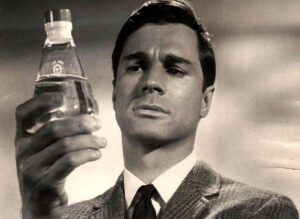
The Satan Bug
Starring George Maharis, in the wake of his matinee idol star turn on the TV classic “Route 66,” this is one of the first films to postulate a bio-threat to humanity. Based on a novel by the great Alistair MacLean, the 1965 film adaptation directed by the great John Sturges presents us with the theft of the actual Satan Bug from a high-tech bio-weapons lab, resulting in an even higher stakes chase to retrieve the vials before its release triggers the end of the world. This one, too, holds up surprisingly well while thankfully never broaching the now-familiar terrain of zombies.
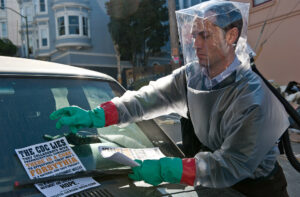
Contagion
This 2011 seminal effort by director Steven Soderbergh, featuring a great cast and reportedly inspired by the 2004 SARS outbreak, gained new popularity and relevance over the COVID-19 period. The multi-faceted plot features researchers racing to find a cure or vaccine for an even worse pandemic as government types fight to restrain a worldwide panic that is breaking out. The escalating tension and rapid-fire pacing does nothing to demean the scientific basis for the film which takes only modest liberties with reality. That explains why so many gravitated toward it during COVID, searching for a scenario that was even worse than the world was facing to make them feel better for at least a couple of hours.
***

